The following morning, I drove the rig to MCIRV in Nappanee, Indiana (about 20 minutes away) where the guys were going to repair the paint job and seal it and pull out the carpet in the dining area because we've got plans to turn that area into a doggie zone. We never really use the dining room table, so why not use it for the dogs? After Scott unhitched the rig, he stayed behind to work with the dogs staying with him, I headed to two more national sites - Pullman National Monument in South Chicago and Indiana Dunes National Lakeshore in Porter, Indiana. They are only about 2 hours west of Nappanee, but with another 2 hours drive back on a Friday afternoon, I know it will be a rough day, but it was the only time to get these places seen and stamp my Passport Book.
I headed first to the south side of Chicago in the Arcade Row/Pullman area and went to Pullman National Monument first. I knew there were Pullman railroad cars, but I wasn't really sure what I was going to find. What I did find what a shockingly, amazing discovery! Pullman was a genius! George Pullman's story is remarkable and you can access the national park links here to read it all.
Pullman Story, Part 1
Pullman Story, Part 2
George Pullman (1831-1897) born in New York City, he came to Chicago in 1859 as an entrepreneur and industrialist. He gained fame with an elaborate system of jacks to help raise the level or the city's buildings and make way for a new sewer system but about the same time, he saw the opportunity to make railroad travel more comfortable and improve the overnight railroad system with sleeping cars and by 1867, he founded the Pullman Palace Car Company.
 |
| Web Photo |
 |
| Web Photo |
 |
| Web Photo |
 |
| Web Photo |
As it goes, all good things must come to an end and with the Pullman Company this was no exception. In 1893 the town of Pullman became the focal point of a labor struggle when the financial panic hit the US threatening company profits. The company laid off or reduced worker's salaries but not their rents, which previously was determined by their wage. By May 1894, the Pullman Strike began because of worker grievances and many walked off the job. This caused trains across the country to come to a standstill disrupting all rail travel and mail. Pres. Grover Cleveland vowed, "If it takes the entire army and navy to deliver a postal card in Chicago, that card will be delivered." Federal troops came in to get trains moving which caused more problems of violence and rioting. People were dying, trains were being torched and so Pres. Cleveland declared Labor Day as a federal holiday. Good new. By August 1893 the strike ended and many workers went back to work on condition that they would never again join a union.
 |
| Web Photo |
 |
| Web Photo |
The visitor center is located just to the left of the Pullman Park and this map shows the entire district of Pullman. Homes were north in the Pullman Wheel Works area and south in the Market Hall area. President Obama designated Pullman as a National Monument in 2015 and the first national structure in Chicago. So, let's look at the little district of Pullman. I actually walked from the visitor center up to the Administration Building, Rear Erecting Shops, Hotel Florence, Arcade Park, Pullman Park, Market Hall, and Greenstone Church. Here's some photos of the area. As I mentioned earlier, this area is still in revitalization mode - especially the central factory areas, but it's safe to walk.
So, let's discover the area. First, let's see the visitor center. This is a temporary building. Once the Clock Tower Administration Building is completed, that will be the new visitor center but this won't happen for a few years yet. The back of the visitor center had a cool mural on it.
 |
| These are photos of the proposed new visitor center. |
Next, I walked over to the Hotel Florence. The hotel was named after George Pullman's daughter Florence and opened in 1881. It was intended to showcase the town to visitors and included 50 rooms and the only bar in the district. It cost $130,000 to build it and was 23,000 square feet in 1914 after an addition. Pullman kept a suite at the hotel where he lived on the second floor. Each floor presented a different class of service with the most exclusive rooms on the second floor and more modest rooms on the fourth. Personally, I would have done it the other way around...perhaps they didn't have elevators.
Here are photos of my walk over to the Administration Building through Pullman Park and across the street where the new visitor center will be. You'll notice the streets are currently littered with rubbish, grass and foliage are dead or overgrown and I had to take photos through barbwire. The old iron gate is in dire need to repair. I think once this visitor center and the Pullman area is under construction in earnest, it may very well revitalize this tired area of town and beyond.
 |
| You can see the bridge and Pullman mural where I crossed the street. |
 |
| Pullman mural at the bridge |
 |
| Glad we didn't have the rig - we're a foot taller than this bridge! |
 |
| Fencing encloses the area. |
 |
| A VERY littered street...disgusting! |
 |
| Photos through barbed wire. |
 |
| Beautiful Iron work could stand some repairs. |
 |
| Boarded up building next to the Hotel Florence just behind it. |
I then walked past Market Hall and Greenstone Church - actually made out of green stone and continued down another block of homes back to the visitor center.
Upon returning back to the visitor center, I walked through the park and could imagine how nice it must have been back in the day.
And, back at the visitor center, I couldn't help but get some photos some pretty flowers and bumble bee.
After I left Pullman, I drove over to Indiana Dunes National Lakeshore in Porter, Indiana and went to the visitor center there.
I didn't have any time to do anything else, but after just going to the dunes in Michigan on the same lake and knowing I had to be back to Nappanee by 3 p.m., I had to really hurry.
I will say though, that the habitat of Indiana Dunes is similar to that of Sleeping Bear dunes. Habitats of Indiana dunes include lake, beach, dunes, ponds between the dunes, marsh, oak savanna, prairie, river and bogs. I would definitely look more into this on the NPS website for Indiana Dunes.
 |
| Web Photo - NCPA.org |
 |
| NPS Photo |
Besides the visitor center, the Paul H. Douglas Center for Environmental Education is nearby where kids and adults can explore the area and play in a nature zone in surrounding Miller Woods Trail System.
 |
| Web Photo by Openlands |
The park also provides many activities including camping, hiking, bike, bird watching, beach going, horseback riding, picnic, etc. Here are ideas from the NPS.
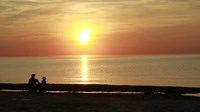
15 Miles of Beaches
The main attraction of Indiana Dunes is the 15 miles of beach along the southern tip of Lake Michigan. There are many different access points to the beach and each one has its own unique setting.
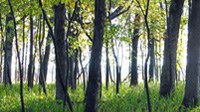
50 Miles of Trails
Diverse trails extend throughout the Indiana Dunes National Lakeshore. Visitors can find a location to hike, jog, bike, bird watch, cross-country ski, snowshoe or ride their own horse.
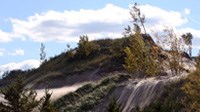
West Beach
The clear and open vista of West Beach showcases some of the parks large scaled dunes. Hike the Succession trail to the top of a dune and overlook the land and Lake Michigan to see the Chicago skyline.
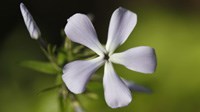
Heron Rookery
A lavish display of spring wild flowers surrounds the Heron Rookery trail. This woodland trail follows a portion of the Little Calumet River where you may also witness spawning salmon, migrating birds and woodland animals.
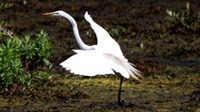
Great Marsh
Bring your binoculars and follow the Great Marsh trail. This location is a popular feeding and resting area for migrating wetland birds. It also features a wheelchair-accessible trail leading to an overlook of the marsh.
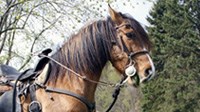
Glenwood Dunes
Let your horses enjoy the scenery too! The Glenwood Dunes trail allows horseback riding, hiking, and cross-country skiing. During your winter hiking and cross-country skiing visits, get cozy in the nearby Warming Hut.
|



















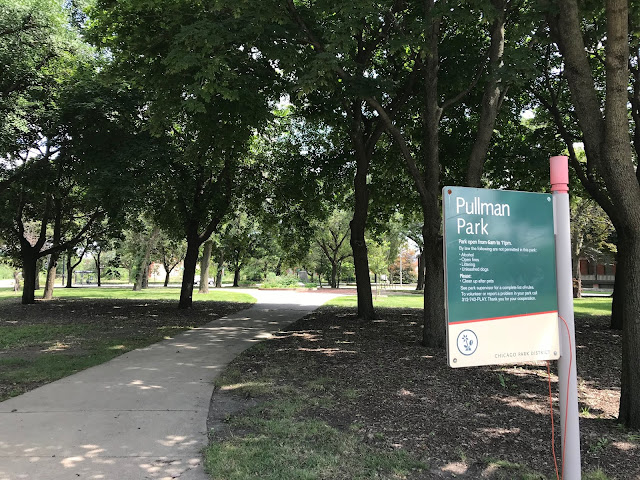


















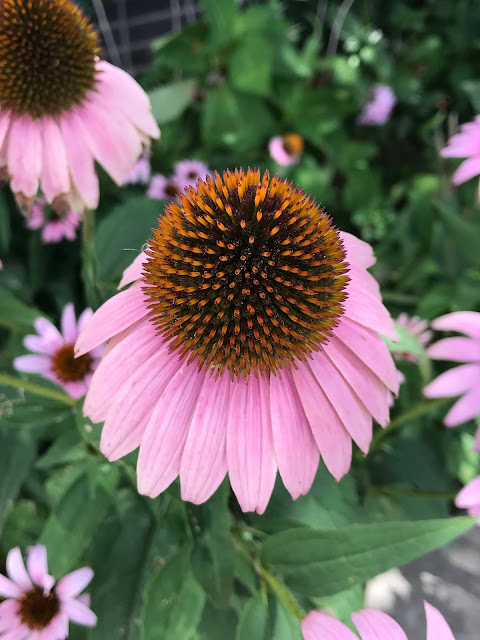












No comments:
Post a Comment